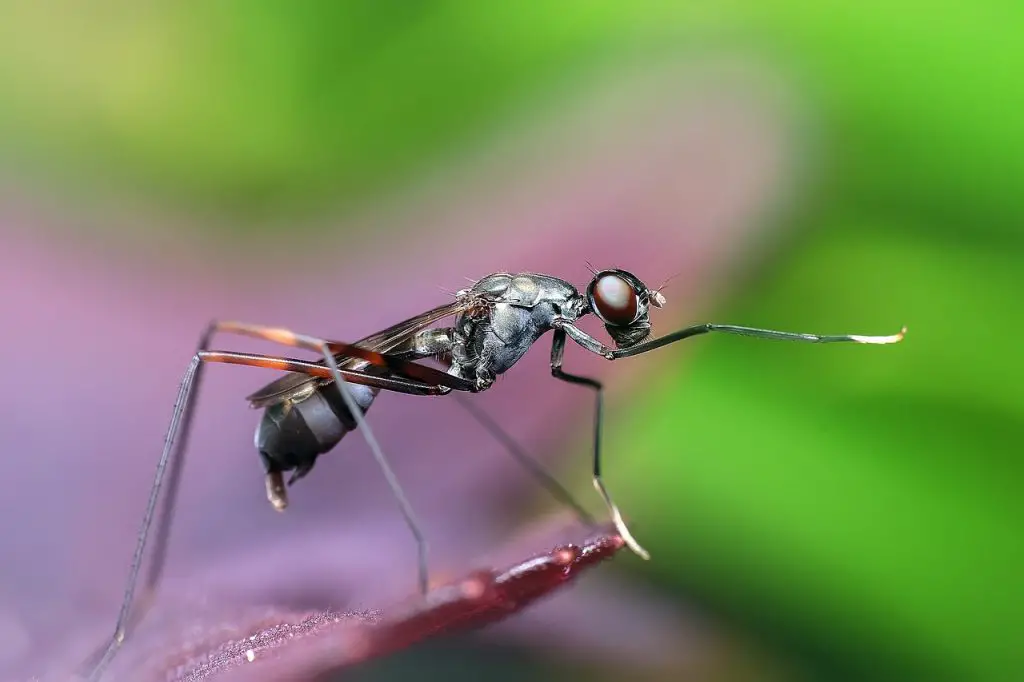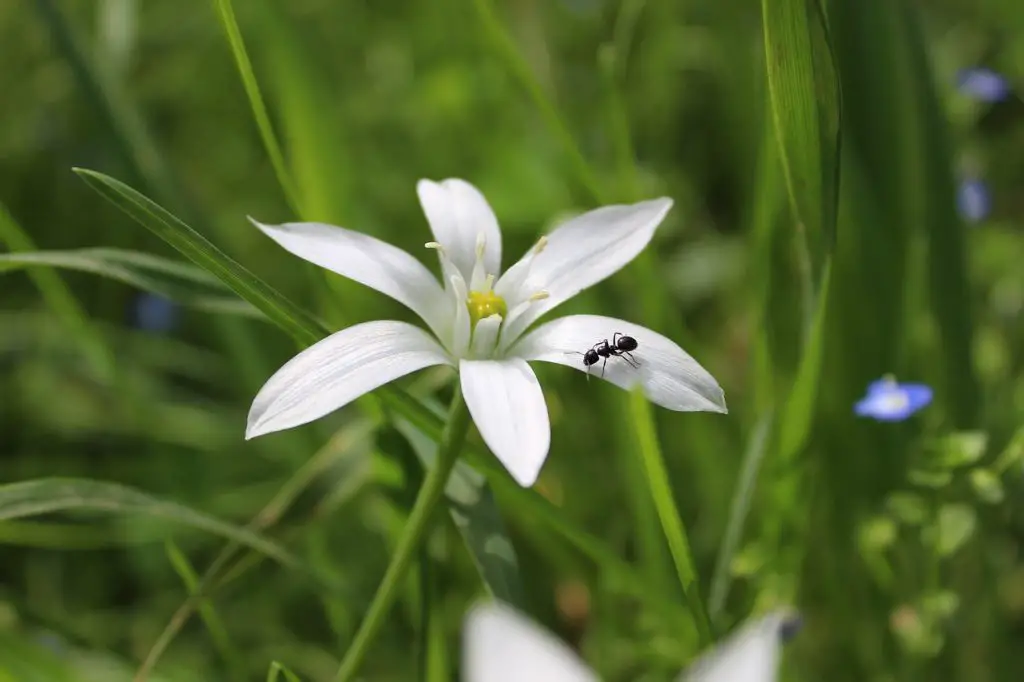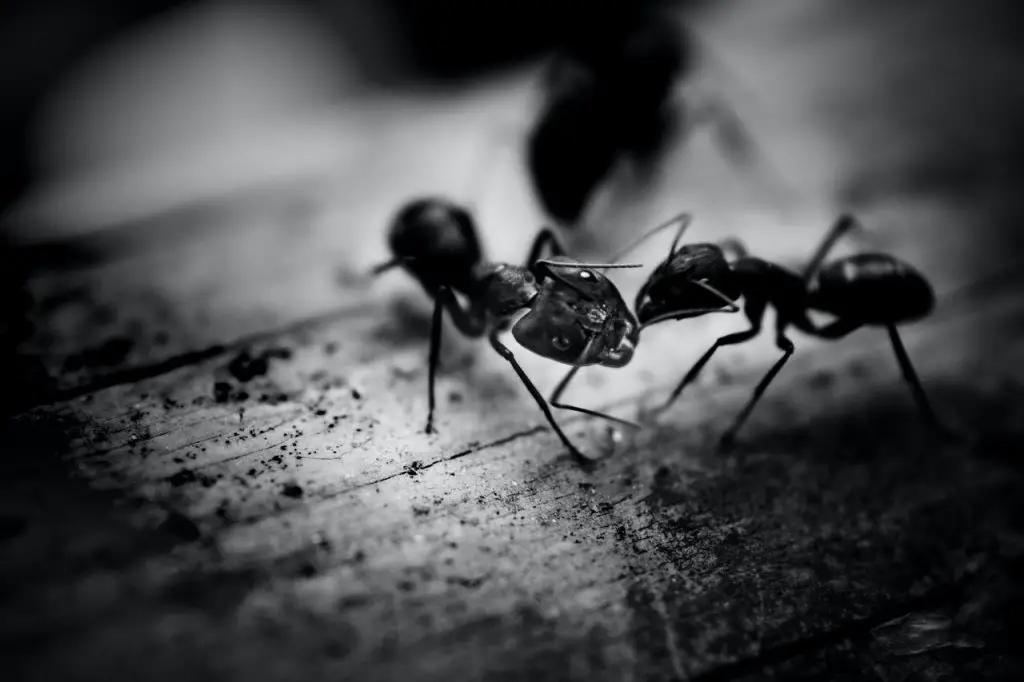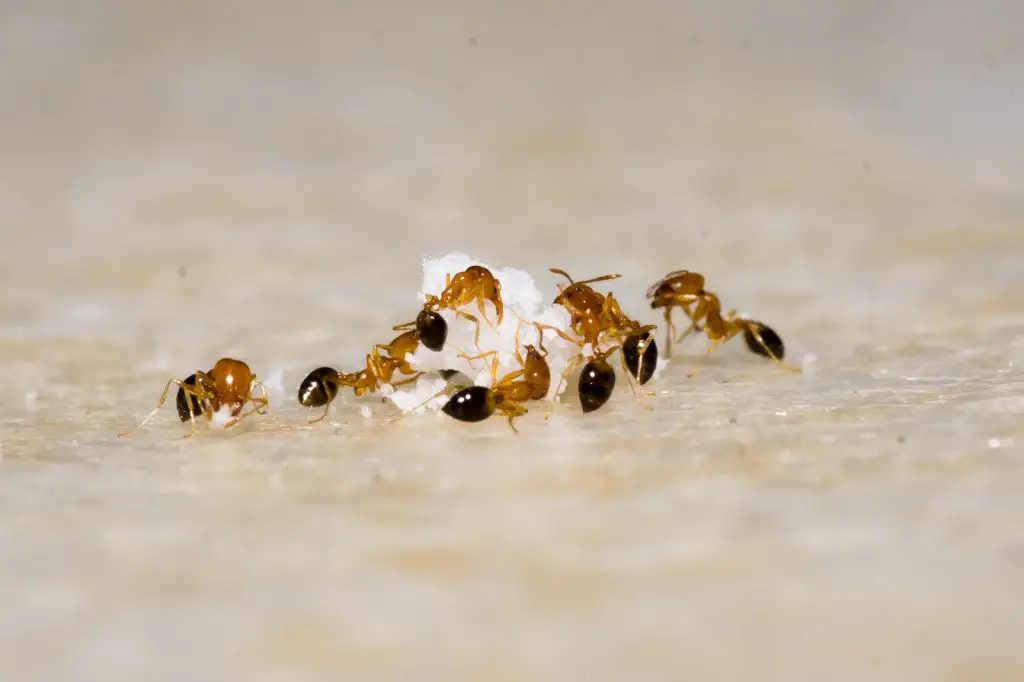Are you curious about the secret lives of ants?
Do you ever wonder when these tiny creatures are at their busiest? If you’ve ever found yourself marveling at the complicated network of ant trails in your backyard or on a hiking trail, then you’ll definitely want to stick around.
Some ants are diurnal, meaning they are most active during the day, while others are nocturnal and prefer to do their work at night.
In this blog, we’ll explore the fascinating world of ants and uncover the answer more thoroughly: when are ants most active? Prepare to be amazed.
When Are Ants Most Active: Cracking the Code
Ants are most active during the warmer months, relying on warmth to regulate their body temperature and metabolism.
Most ants are hard at work during the dark hours of the night. That’s right, these tiny insects are actually nocturnal creatures, meaning they are most active when the sun goes down.
While we sleep, ants are actively gathering food, caring for their young, and tending to their colonies.
They work tirelessly to ensure the survival of their colony and the success of their species. It’s incredible to think about the immense effort these little insects put in to keep their society thriving.
So the next time you come across a line of ants marching in the night, remember that they are just beginning their day of hard work.
However, some are diurnal ants which are more active during the day. They have developed unique adaptations to cope with the challenges of diurnal living.
For example, diurnal ants that live in hot and arid environments have evolved to have smaller body sizes, which helps them to conserve water and reduce the risk of overheating.
Exploring the Factors That Affect Their Activity
When it comes to ant activity, several factors come into play that can impact their behavior. Some key factors that affect ant activity are as follows:
Temperature:
Temperature is one of the most significant factors that affect ant activity. Cold-blooded insects like ants depend on external sources of heat to regulate their body temperature and metabolism.
As a result, ants are typically more active during the warmer months, when the temperature is moderate and comfortable for them.
When the temperature is too high, ants retreat to cooler areas or slow down their activity.
Humidity:
Humidity is another critical factor that can impact ant activity. Most ant species typically favor environments that offer a moderate level of moisture, neither too dry nor too wet.
In excessively dry environments, ants have difficulty finding enough water to sustain themselves. And in excessively wet environments, they face challenges building their nests.
Most ant species usually prefer moderate humidity levels as a result.
Time of day:
The time of day is also a crucial factor that can impact ant activity. Most ants are typically active during the night when the temperature is moderate.
During the hottest part of the day, ants retreat to cooler areas or slow down their activity.
Some ant species, such as carpenter ants, are more active at night when it is cooler and less competition for resources.

Food availability:
Ants are constantly in search of food, and the availability of food can significantly impact their activity levels.
Ants will be more active in areas where food is abundant and less active in areas where food is scarce.
Nest location:
The location of an ant nest can also impact its activity levels. If a nest is located in an area with a lot of foot traffic or disturbances. The ants can be more skittish and less active.
On the other hand, if a nest is located in a secluded area with minimal disruptions, the ants can be more active.
Seasonal changes:
Seasonal changes can also impact ant activity. In the spring and summer, when temperatures are warm and food is abundant, activity levels tend to be higher.
In the fall and winter, when temperatures are cooler and food is scarce, ant activity slows down or even comes to a halt.
Predators:
The presence of predators can also impact ant activity.
Ants are cautious and less active if they perceive a threat from predators such as birds, lizards, or other insects.
In contrast, if a predator is absent, the ants get more active and visible.
Understanding Ants: Their Behavior and Physiology
The Behavior of Ants:
Ants are fascinating creatures with a highly developed social structure. They live in large colonies, with each member performing specific tasks to support the group’s survival.
Ants communicate with each other through chemical signals, touch, and sound, allowing them to work together effectively. Certain ants have specialized roles, like queen, worker, and soldier, while others can adapt to different tasks as required.
Ants often exhibit an incredible work ethic, tirelessly foraging for food and building intricate nests. Some ant species can carry objects that weigh many times their body weight. While others possess skillful architectural abilities.
Building complex structures from dirt, leaves, or other materials. These small but mighty insects protect their territory by waging war on other ant colonies.

Physiology of Ants:
The physiology of ants is equally impressive. Ants have a highly organized nervous system, with specialized sensory organs that allow them to detect smells, sounds, and vibrations.
They also have a highly developed circulatory system, with a heart and arteries that pump blood throughout their bodies.
Ants owe their strength and endurance to their muscular bodies and highly efficient respiratory system.
They can survive extreme temperatures and environments underwater by using air bubbles to create a temporary air pocket around their bodies.
Some ants also have unique physical characteristics, such as the ability to secrete acid or venom from their bodies for self-defense.
Others have specially adapted mandibles or stingers to help them catch prey or protect their colonies.
When Are Black Ants Most Active
Black ants, like many other ant species, are diurnal, which means they are most active during the daytime.
They are busiest during the day when the temperature is moderate and comfortable, usually in the morning and late afternoon. However, their activity patterns vary depending on the species.
They have relatively good eyesight and use it to navigate and locate food sources.
Are Ants Active in the Winter
In the winter season, many ants undergo a state of hibernation where they become less active and their body temperature drops.
During this time, they make preparations for the winter by sealing their ant holes and finding warmer shelter such as burrowing into the ground or hiding behind tree bark.
This allows them to conserve energy and survive the harsh winter conditions.
When Are Fire Ants Most Active
Fire ants are most active during the warmer months when the temperature is above 70°F (21°C). They prefer sunny, open areas and will often build their mounds in fields or along roadsides. Fire ants are diurnal, which means they are more active during the day.
They will typically slow down or become inactive during the cooler months of the year or during times of extreme heat or cold. However, in warmer regions, they remain active throughout the year.
What Ants Are Nocturnal and Diurnal
Many ant species exhibit either nocturnal or diurnal behavior. Nocturnal ants are active during the night, while diurnal ants are active during the day.

Here are some examples of each:
The night shift: Exploring the world of nocturnal ants
- Carpenter ants: These large ants are primarily nocturnal, and can often be seen foraging for food at night.
- Army ants: These highly social ants are known for their aggressive foraging behavior, and are primarily active during the night.
- Driver Ants: These ants are known for their aggressive behavior and their ability to hunt and kill large prey. They travel in huge groups and are active at night to avoid the heat of the day.
- Leafcutter Ants: These ants are known for their ability to cut and carry large pieces of leaves back to their colony. They are active at night and can be found foraging in large groups.
- Odorous House Ants: These ants are named after the unpleasant odor they emit when crushed. They are active at night and can often be found foraging for food in kitchens and other areas of homes.
Rise and Shine: A closer look at diurnal ant species
- Harvester ants: These ants are active during the day, and are commonly found in arid environments where they gather and store seeds for their colonies.
- Pavement ants: These small ants are active during the day, and are commonly found in urban environments where they scavenge for food around sidewalks and buildings.
- Weaver Ants: These ants are known for their ability to build intricate nests by weaving together leaves and other materials. They are active during the day and are often found in trees and bushes.
- Harvester Ants: These ants are known for their ability to collect and store seeds. They are active during the day and can often be found foraging for food in fields and other open areas.
- Argentine Ants: These ants are known for their aggressive behavior and their ability to form large colonies. They are active during the day and can often be found foraging for food in urban and suburban areas.
Conclusion
The blog discusses the behavior, physiology, and factors affecting the activity of ants.
Ants are most active during the warmer months and most active at night. There are several factors that can affect ant activity, such as temperature, humidity, time of day, food availability, nest location, seasonal changes, and predators.
Additionally, we also describe the behavior of ants, including their social structure, communication, and work ethic.
Further, we discussed the physiology of ants, including their nervous system, circulatory system, and unique physical characteristics.



